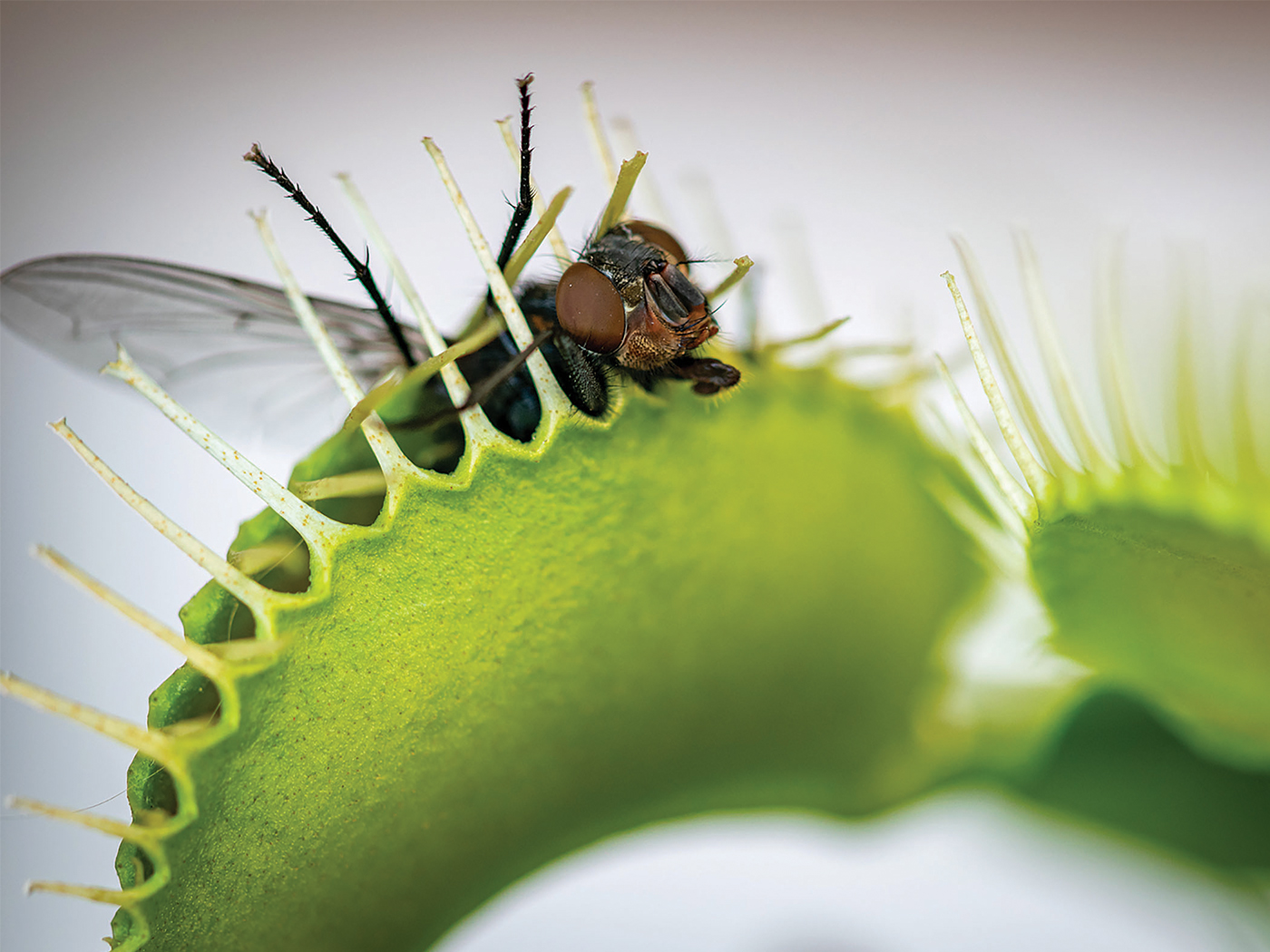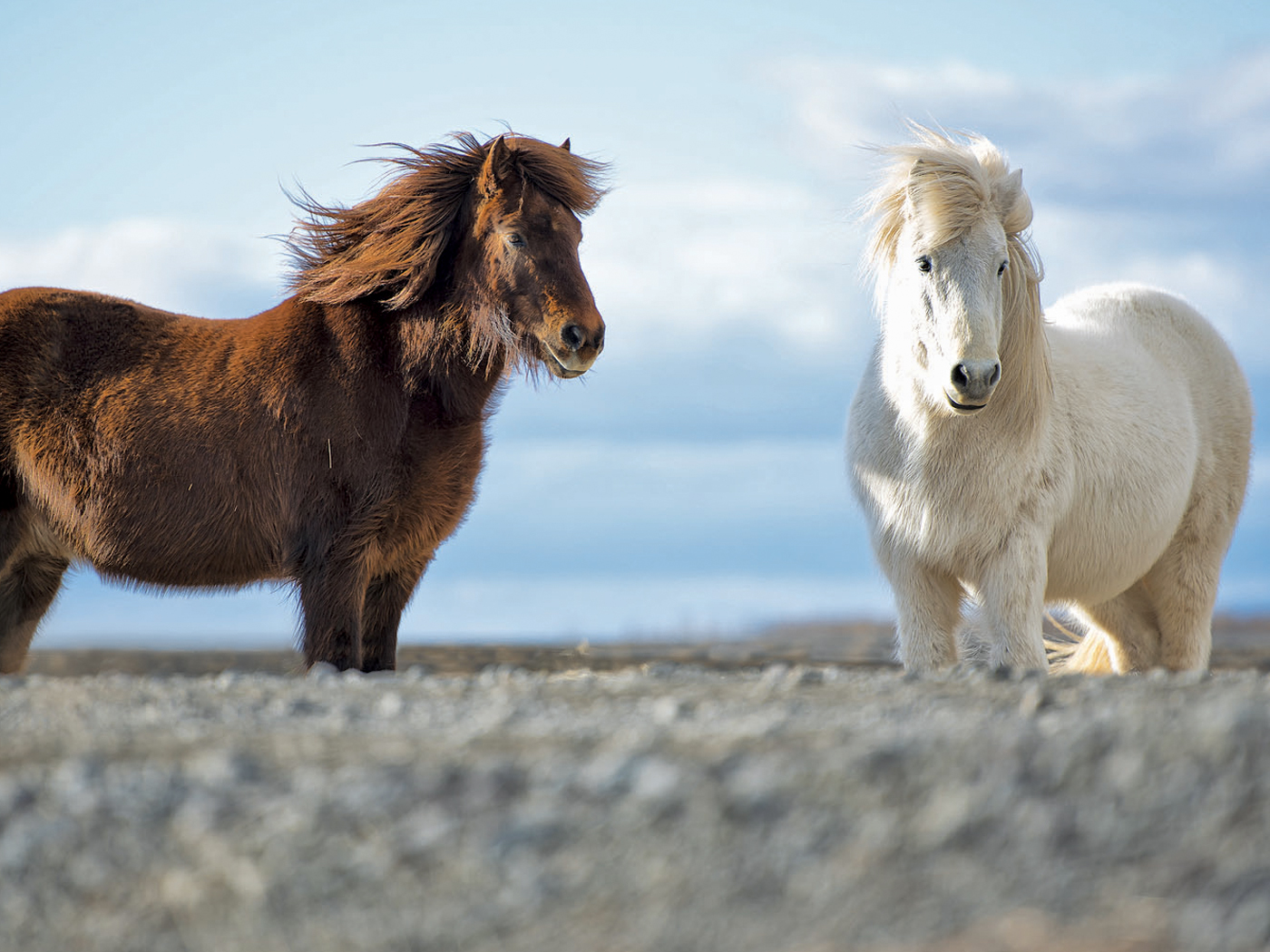It's fairly easy to explain the evolution of plants, animals, or people if one presupposes that Darwinian evolution is a scientific fact. For example, evolutionists assume that flowering plants (phylum Anthophyta) evolved from non-flowering plants perhaps 160 million years ago. Several problems secular scientists face are that they don't know where this massive and diverse group of plants came from, how they arrived, or when they supposedly evolved. Does new seagrass research help solve these problems?
Biologist Futuyma wrote, "The angiosperms, or flowering plants probably originated in the late Jurassic…."1 These words, penned by biologist Solomon, sound similar: "The origin and early evolution of flowering plants continue to challenge botanists."2
One might think fossils would clear up this mystery, but one research team wrote, "Although the information is very incomplete, the fossil record suggests that the flowering plants first appeared about 160 million years ago…."3 And other plant experts admit, "In spite of extensive research the origin and temporal and spatial distribution of early flowering plants are still a matter of debate."4
Seagrass (also called eelgrass—scientific name Zostera marina) is the foundation for the critical and productive estuary ecosystems on this planet. Ecologists consider seagrass meadows to be foundational because they support complex food webs and provide refuge for a number of creatures. But is it really a scientific fact that this marine angiosperm somehow colonized the sea from flowering land plants "perhaps 160 million of years ago"?3 No. That colonizing claim is a statement of philosophical necessity.
Biologists recently sequenced the seagrass genome.5 It appears designed with specific structural and physiological features enabling it to flourish in a marine environment. The article states, "Uniquely, Z. marina has re-evolved new combinations of structural traits related to the cell wall."5 Re-evolved? Creationists believe these "new" combinations of eelgrass traits were created, always in place and functioning to uniquely allow seagrass to live in a marine environment. There is no scientific reason—no empirical evidence—to say the structural traits somehow re-evolved.
The authors also state that seagrass has gained DNA, "We speculate that several aryl sulfotransferases have evolved...."5 Enzymes such as aryl sulfotransferases are extremely complex proteins. How exactly did they evolve? In his book that critiques Neo-Darwinism, philosopher of science Stephen Meyer analyzes gene evolution, saying,
The evolutionary biologists conducting these studies postulate that modern genes arose as the result of these various mutational processes—processes that they envision as having shaped genes during a long evolutionary history. Since the information in modern genes is presumably different from the information in the hypothetical ancestor genes, they regard the mutational mechanisms that are allegedly responsible for these differences as the explanation for the origin of genetic information.6
It is just as scientifically valid to state those genes were always there, designed and placed in seagrass at the beginning, as it is to claim that genes somehow re-evolved and added DNA.
In addition, the authors repeatedly state that genes are missing from Z. marina, such as hormone-producing genes and "the entire repertoire of stomatal genes" found in land plants. But one can rightly ask: How do the authors know these genes are truly missing? Were they ever there in the first place? All indications are that seagrass has always been seagrass.
The article also speaks of "conserved microRNAs." But the word conserved means only that the microRNA (a large family of small regulatory ribonucleic acids) has remained unchanged over assumed deep time.
Creation scientists maintain seagrass was created by God to exist in an aquatic environment thousands of years ago. It did not undergo a "severe habitat shift" from flowering land plants. Like the "re-evolution" of plant cell-structure traits and the missing genes, the drastic move from land plants to water plants appears to be something that only exists in the human imagination.
References
- Futuyma, D. J. 2013. Evolution, 3rd edition. Sunderland, MA: Sinauer Associates, Inc., 120.
- Solomon, E., L. Berg, and D. Martin. 2011. Biology, 9th edition. Brooks Cole, 596.
- Bidlack, J. and S. H. Jansky. Stern's Introductory Plant Biology, 12th edition. New York: McGraw-Hill Education, 441.
- Hochuli, P. A. and S. Feist-Burkhardt. 2013. Angiosperm-like pollen and Afropollis from the Middle Triassic (Anisian) of the Germanic Basin (Northern Switzerland). Frontiers in Plant Science. 4: 344.
- Olsen, J. et al. 2016. The genome of the seagrass Zostera marina reveals angiosperm adaptation to the sea. Nature. 530 (7590): 331-335
- Meyer, S. C. 2013. Darwin's Doubt. New York: Harper One, 212.
*Mr. Sherwin is Science Writer at the Institute for Creation Research.
Article posted on June 6, 2016.











